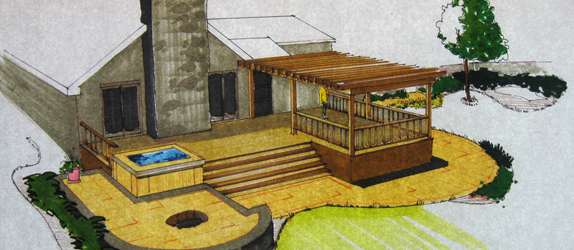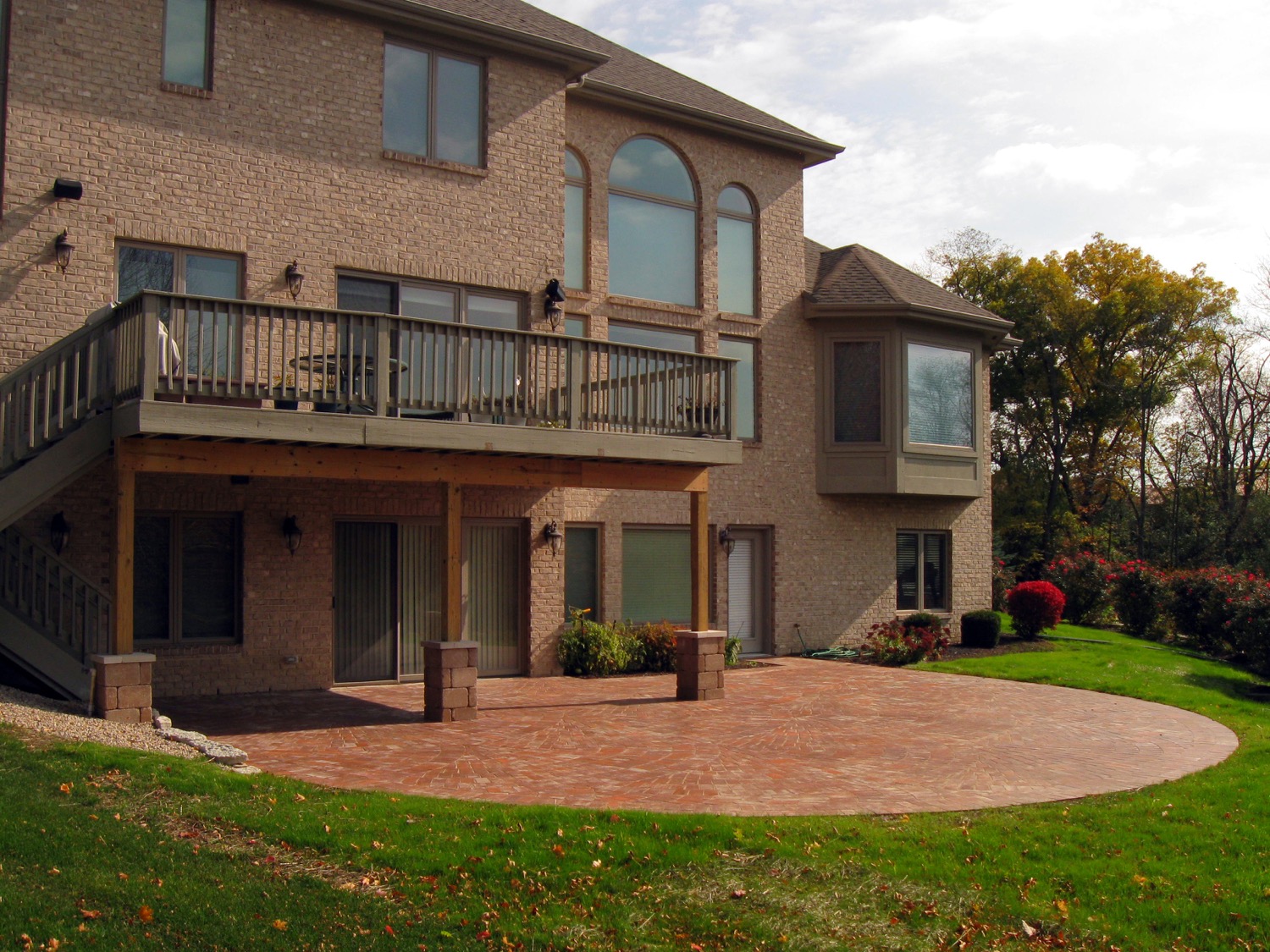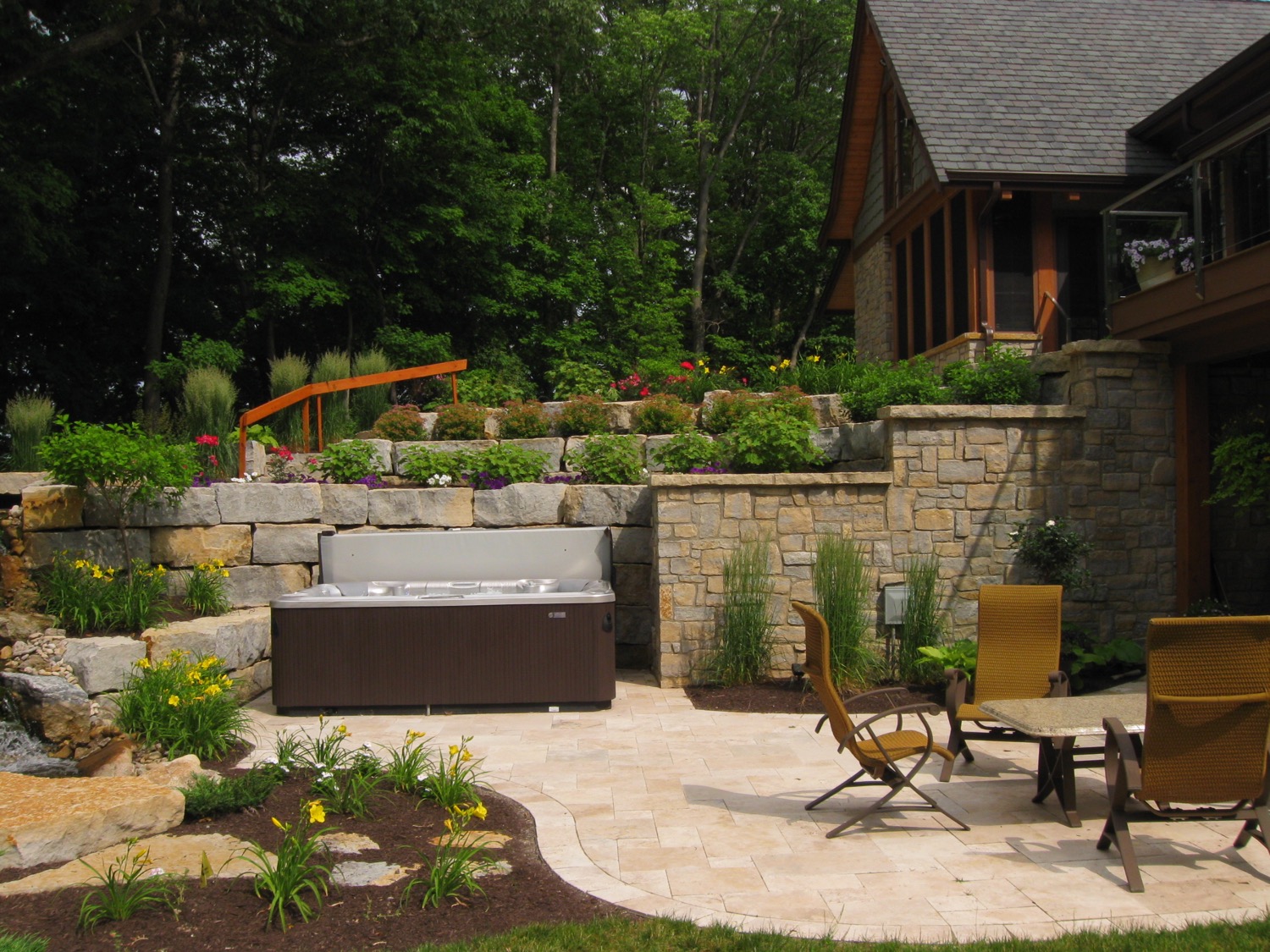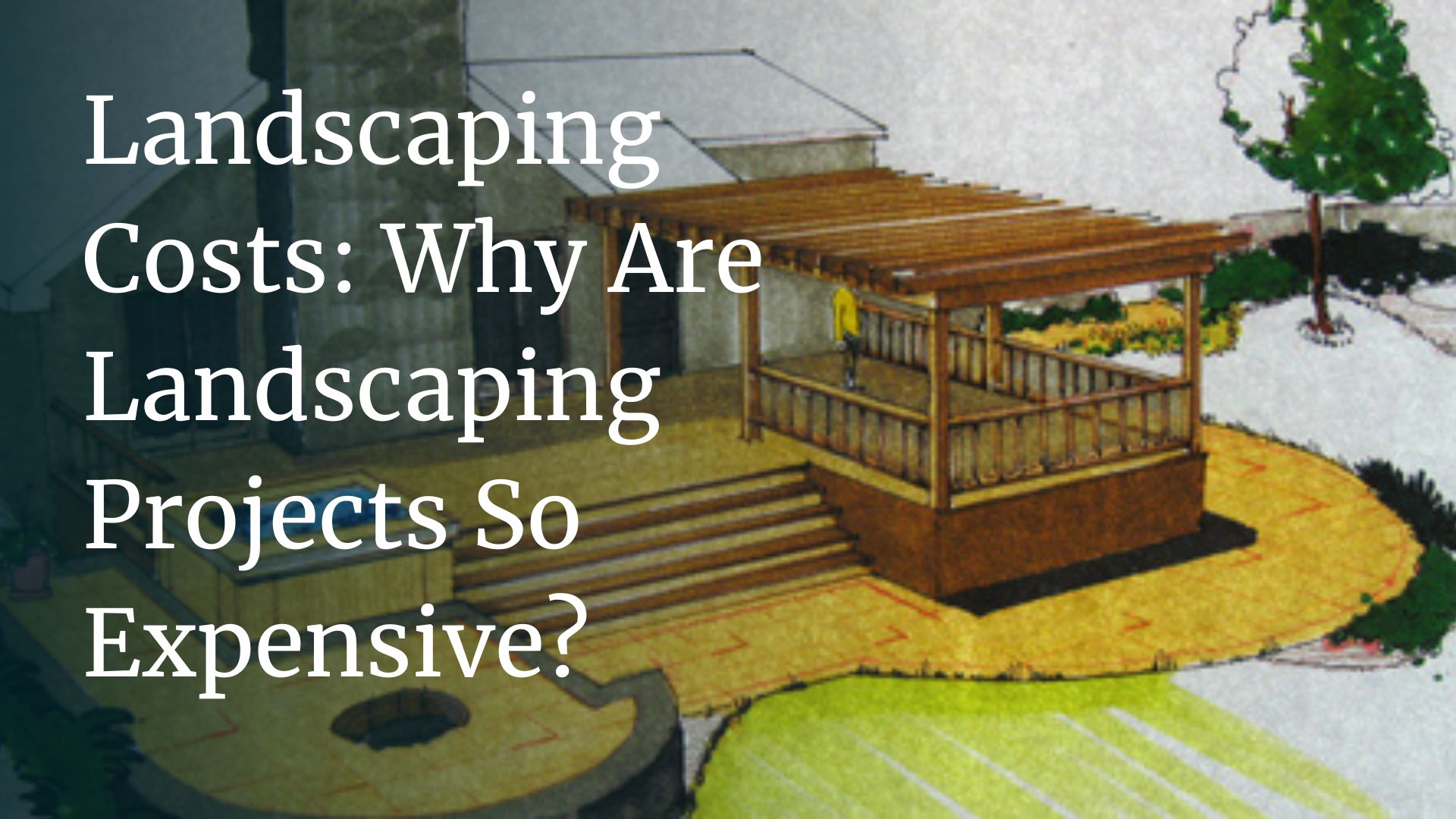 So you’ve perused the magazines. Checked out the makeover shows. Looked around the neighborhood. Made a list of what you want to have. Now your dream project has its first setback, and it is a common one: sticker shock. How could a project that only takes a half-hour on tv (wink, wink) cost that much? Here’s the dilemma that many face: I know what I have been dreaming of, now how can I match my dream to my budget realities. What makes landscaping costs so expensive? Although the list of potential price drivers is long, lets look at a couple…
So you’ve perused the magazines. Checked out the makeover shows. Looked around the neighborhood. Made a list of what you want to have. Now your dream project has its first setback, and it is a common one: sticker shock. How could a project that only takes a half-hour on tv (wink, wink) cost that much? Here’s the dilemma that many face: I know what I have been dreaming of, now how can I match my dream to my budget realities. What makes landscaping costs so expensive? Although the list of potential price drivers is long, lets look at a couple…
Access is always a factor in pricing. Is the project just of the driveway or street curb, or does the contractor have to haul all the materials around back, one load at a time? If the access is not easy, you will no doubt want to assure that the lawn is restored once the work is complete – more landscaping costs.
Many homeowners don’t consider is the cost of hidden elements like concrete footings, drainage systems, and base preparation. After all, you don’t eat lunch on a concrete footing, right? However, footings and drainage are what makes a project last and endure, so they’re not something that you want to cut corners on. Besides, for certain looks like mortared stone and brick, footers must go below the local frost level to prevent cracking.
 Patios are probably the most popular and useful request we get. So what makes some patios cost more than others? The easy answer: materials. Grey concrete? Pavers? Stamped concrete? Natural stone? Generally speaking, the more classic and decorative the surface, the higher the installation cost. But think of it another way: what is the lifetime cost of the patio? There are some beautiful natural stone patios around that are 30 or 40 years old and still look good. Materials with a less expensive initial installation may not look good in half that time and need to be redone…
Patios are probably the most popular and useful request we get. So what makes some patios cost more than others? The easy answer: materials. Grey concrete? Pavers? Stamped concrete? Natural stone? Generally speaking, the more classic and decorative the surface, the higher the installation cost. But think of it another way: what is the lifetime cost of the patio? There are some beautiful natural stone patios around that are 30 or 40 years old and still look good. Materials with a less expensive initial installation may not look good in half that time and need to be redone…
Another consideration on patios is elevation. What modifications need to be made to make a level spot for the patio? Building up or cutting away grade adds cost. The other aspect of elevation is in the design of the space. A step or two up and down can separate a large patio into usable zones and provide visual interest, but a flat surface is less expensive to install. Is the grade change worth the extra cost?
Retaining wall pricing can vary as well. Again the most common variable is material. Are we talking about a man-made, commercial style block or a natural, mortared stone wall? Not the same look, not the same price! Some walls are quickly installed using boulders that are set with machines, while others require laborious hand chipping and fitting. One thing on retaining walls: don’t skimp on below-grade prep or drainage, releasing water pressure from behind the system. Weather fluctuations can be brutal around here with freeze/thaw cycles, groundwater, and drought, all of which adversely affect a retaining system that is not properly engineered.
One factor that can work in your favor is quantity. It takes a while to begin and prep a process like laying a sidewalk. However, the repetitive nature of the work means greater efficiency in installing a driveway. Larger quantities should equal a lower “per square foot” price, thus lowering landscaping costs for a project like that.
 Think back to a time you sat with a few friends in a private outdoor space. One of the characteristics that you might have enjoyed was the intimacy of the space. We don’t typically have dinner parties or close conversation in parking lots – we rely on enclosure and detailing to set the mood of the space. Many of our customers use their patios or decks as an outdoor retreat – a place to get away from the fast pace of life. One common request is to create a place of intimacy in our customer’s backyards – setting the mood for a formal dinner or even a relaxed family barbeque. However, most yards are pretty much blank slates. Therefore, we have to create the illusion of enclosure through built walls, hedges, and ceiling plane definers like shade trees and pergolas. This doesn’t have to be a budget breaker, but carefully consider whether some detailing features would make your patio more livable. The more intimate and detailed an outdoor patio is, the more that it will be used. Don’t invest in a space that looks good, but is unwelcoming and too open to the rest of the neighborhood.
Think back to a time you sat with a few friends in a private outdoor space. One of the characteristics that you might have enjoyed was the intimacy of the space. We don’t typically have dinner parties or close conversation in parking lots – we rely on enclosure and detailing to set the mood of the space. Many of our customers use their patios or decks as an outdoor retreat – a place to get away from the fast pace of life. One common request is to create a place of intimacy in our customer’s backyards – setting the mood for a formal dinner or even a relaxed family barbeque. However, most yards are pretty much blank slates. Therefore, we have to create the illusion of enclosure through built walls, hedges, and ceiling plane definers like shade trees and pergolas. This doesn’t have to be a budget breaker, but carefully consider whether some detailing features would make your patio more livable. The more intimate and detailed an outdoor patio is, the more that it will be used. Don’t invest in a space that looks good, but is unwelcoming and too open to the rest of the neighborhood.
Other bell and whistle items such as irrigation, lighting, outdoor kitchens, and shade structures can raise the cost of the same size patio area from affordable to pricey.. But, each of these adds enjoyment, takes away maintenance, or contributes to the overall ambiance of the space, so you may want to keep them in the plan…
As we all know, there are many companies out there – from fly by night outfits that might not be around in 2 months to stable firms that offer long term careers and benefits for their employees. Being a legacy company is not cheap – health insurance, proper liability coverage, and supporting trade organizations all take time and money, but these are factors that attract talented employees to the company and leave you feeling like the job is in capable hands, justifying higher landscaping costs. Picking the right company and plan can make big difference, not only in the installation of the project, but in the longevity and future enjoyment of your space.




